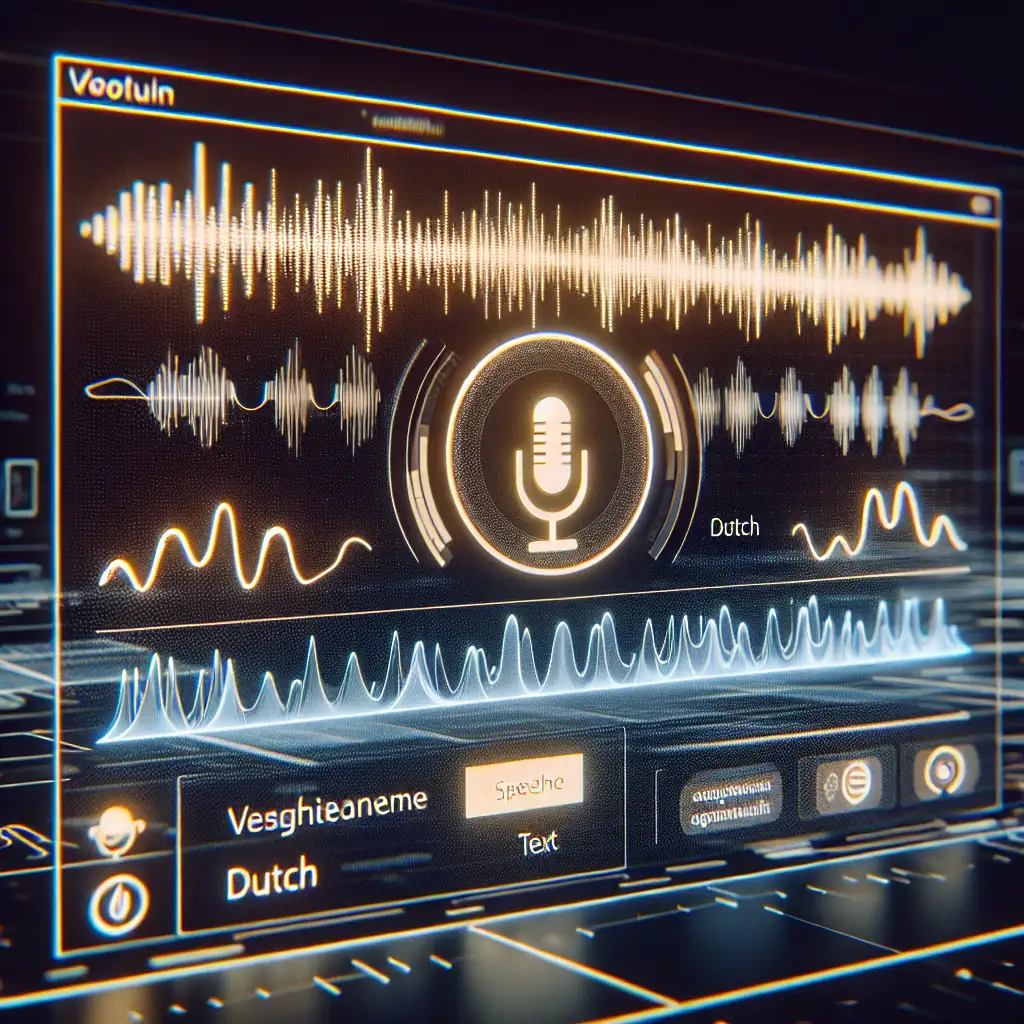Mastering Google’s Dutch Text-to-Speech API for Robust Multilingual Voice Applications
Client demands for authentic voice interactions continue to push text-to-speech (TTS) beyond generic, monotone outputs. In sectors ranging from e-learning to IoT, the difference between a “robotic” reading and a lifelike Dutch delivery has a measurable impact on engagement and accessibility. Global Dutch fluency crosses 23 million users; Dutch, however, isn’t monolithic—differences between “nl-NL” (Netherlands) and “nl-BE” (Flemish region) are real. Poor TTS accent or phrasing degrades user trust in applications almost immediately.
So, how do you produce compelling Dutch voice output using Google Cloud’s TTS API? Let’s deploy with concrete steps, then address crucial gotchas and advanced optimization.
Google Cloud TTS: Setup Without Surprises
The API itself is stable, but real issues crop up around permissions and authentication. Ensure the following process is strictly followed—failed auth is the most common “my code doesn’t work” root cause.
Provisioning steps:
- Navigate to Google Cloud Console.
- Create/select project.
- Enable “Cloud Text-to-Speech API” explicitly (projects seldom inherit this permission).
- Attach billing—free tier covers ~4 million characters/month. Overages can be stealthy.
- Generate a service account JSON key. Grant only
roles/texttospeech.adminor lower (principle of least privilege). - For local dev, set
GOOGLE_APPLICATION_CREDENTIALSenv var or load JSON key directly in code.
Typical error if credentials are omitted:
google.auth.exceptions.DefaultCredentialsError: Could not automatically determine credentials
SDK Installation (Python Example)
Client libraries exist for major runtimes. Official as of June 2024:
- Python v2.16.0+
- Node.js, Java, Go, C#
Install for Python 3.8+:
pip install --upgrade google-cloud-texttospeech
Note: PyPI includes both REST and grpc backends; grpc recommended for bulk synthesis due to connection reuse.
Minimal Dutch Synthesis: Proven Pattern
Build your call with explicit language/voice params—defaults don’t deliver quality.
from google.cloud import texttospeech
client = texttospeech.TextToSpeechClient.from_service_account_file('service-account.json')
synthesis_input = texttospeech.SynthesisInput(
text="Hallo! Dit is een voorbeeld van de Nederlandse spraaksynthese."
)
voice = texttospeech.VoiceSelectionParams(
language_code="nl-NL", # Use nl-BE for Flemish
name="nl-NL-Wavenet-A", # Wavenet voices: A/B/C/D, male/female, try all for nuance
ssml_gender=texttospeech.SsmlVoiceGender.FEMALE
)
audio_config = texttospeech.AudioConfig(
audio_encoding=texttospeech.AudioEncoding.MP3 # Alternatives: LINEAR16 (wav), OGG_OPUS
)
response = client.synthesize_speech(
input=synthesis_input, voice=voice, audio_config=audio_config
)
with open("output_nl.mp3", "wb") as f:
f.write(response.audio_content)
Side note: Exceeding 5,000 chars per request triggers a 400 error:
google.api_core.exceptions.InvalidArgument: 400 Request payload size exceeds the limit
Recommendations for Quality & Performance
- Prefer Wavenet voices over Standard—intelligibility, prosody, and pause handling are markedly better. Minor compute cost increase.
- Always prototype with multiple voices (
nl-NL-Wavenet-A/B/C/D) and genders. Nuances in Dutch accent may be subtle but matter over long-form content. - Leverage SSML for prosody, pitch,
, emphasis, and say-as. Test: numbers (“123” as “honderd drieëntwintig” vs. “een-twee-drie”)—improper markup ruins comprehension. - Audio encoding: Use MP3 for web/mobile; OGG_OPUS for storage-efficient, low-latency playback on modern browsers. WAV (LINEAR16) for post-processing or telephony.
- Caching: Synthesize phrases once, cache outputs. API latency ~80–400ms per short phrase; eliminates both cost and user wait times for repeated content.
- Dutch TTS for embedded/edge: Download and serve locally—API is not always feasible on kiosks or in offline/air-gapped environments.
Typical Missteps
- Requesting a non-existent Dutch voice (e.g., “nl-NL-Wavenet-Z”) yields:
google.api_core.exceptions.InvalidArgument: 400 The voice 'nl-NL-Wavenet-Z' is not supported for the provided language 'nl-NL' - Using
nl-BEwith “nl-NL-Wavenet-*” voices is not supported. Always verifylanguage_code/namecombos per official docs. - Long-form synthesis: Break text into max 5,000 character chunks; add context to avoid unnatural splits mid-sentence.
Integration: Beyond Standalone Synthesis
Architecture options:
- Feed synthesized audio directly into
<audio>elements (web), or viaMediaPlayeron Android/iOS. - In Dialogflow, set TTS responses natively; note that Dialogflow ES supports only a subset of regional voices.
- IoT: Precompute help or navigation voice snippets; store on-device for latency-free playback.
Accessibility: Integrate with screen readers. Note: users on iOS/Android may still prefer system TTS for accessibility due to ecosystem settings such as voice speed and pitch.
Final Notes
Mastery of Google’s Dutch TTS isn’t simply “turn it on and it works”. Choices about voice, prosody, fragmenting, and caching directly impact user adoption. Trade-off: Wavenet voices cost more, but poor audio erodes brand value. If exact pronunciation, idiom handling, or nuanced accent is business-critical, validate output with native speakers—some exceptions aren’t documented.
For cross-language or codebase integration tips (Node.js, Go, etc.), or to discuss bulk audio pipelines, address specifics—no one-size-fits-all recipe.
Known issue: As of v2.16.0, the Python client library occasionally drops connections on synthesis under heavy threading. Use connection pooling and retry logic where latency matters. Consider alternate cloud TTS vendors in environments requiring ultra-low-latency, offline, or embedded synthesis—Google’s API is cloud-only.
Non-obvious tip: If random Dutch phrases sound “flat” or “clipped”, add invisible Unicode spaces or punctuation in your source text to cue better intonation.
Ready to elevate the Dutch voice experience in production systems? Ensure authentication, choose voices carefully, test with real users, and always cache what you can. Quality TTS is never just a checkbox.
